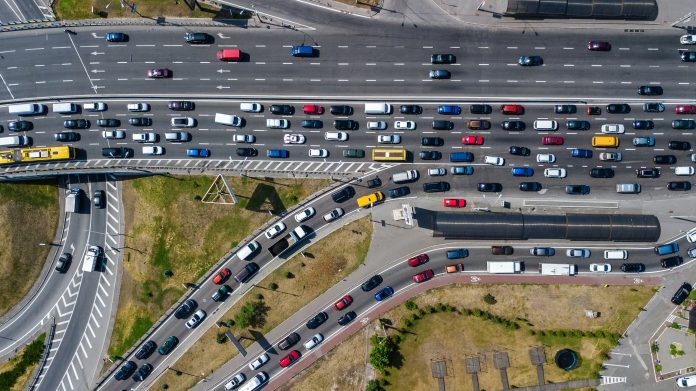Environment Minister Thérèse Coffey and Transport Minister Michael Ellis are pushing to tackle the impact of particulate matter and microplastic pollution from brakes, tyres and road wear
While air quality has improved significantly over recent decades, a new report published today (11 July) by the Air Quality Expert Group (AQEG) calls for urgent action to address the problem of tyres and brakes which is predicted to account for 10% of national emissions of PM 2.5 by 2030.
As outlined in its landmark Clean Air Strategy, the UK Government is now calling for industry to support the development of standardised methods for measuring emissions from these sources, leading to a new international standard for tyre and brake wear.
Calling on the automotive industry to consider action to address the problem, Environment Minister Thérèse Coffey said:
“The documents published today make clear that it is not just fumes from car exhaust pipes that have a detrimental impact on human health but also the tiny particles that are released from their brakes and tyres.
“That is why an ambition of our Clean Air Strategy is to address all sources of particulate matter, including those from transport. Today’s research goes a long way in helping us better understand the problem.
“Emissions from car exhausts have been decreasing through development of cleaner technologies and there is now a need for the car industry to find innovative ways to address the challenges of air pollution from other sources.”
Transport Minister Michael Ellis said:
“We are committed to reducing all transport emissions and cleaning up our air. With record levels of ultra-low emission vehicles on the UK’s roads, things are clearly moving in the right direction.
“To continue this progress, we are looking for ways to reduce emissions from other sources such as brakes and tyres. We are engaging at an international level to identify how to measure these emissions as well as aiming to develop standards to control them.”
Each time a car is driven, tiny pieces of particulate matter such as dust are released into the air from the brake wear, tyre wear and road surface wear.
These particles enter the airstream having a detrimental impact on human health for drivers, passengers and bystanders. Plastic particles from tyres are also deposited into our sewers and lead to harmful consequences to our marine wildlife and aquatic food chains.
Mike Hawes, Chief Executive of the Society of Motor Manufacturers and Traders, said:
“The automotive industry is committed to improving air quality and has already all but eliminated particulate matter from tailpipe emissions. Brake, tyre and road wear is a recognised challenge as emissions from these sources are not easy to measure.
“A United Nations global group, including industry experts and government, is working to better understand, and agree how to measure, these emissions. Maintenance of the road surface, as well as further investment in new vehicle technologies, is essential to reducing these emissions, without compromising safety and we welcome further research in this area.”
While focus has previously been on tackling exhaust emissions, this report offers the most globally comprehensive analysis to date of the impact of brake and tyre wear.
Industry innovation is one way to tackle the challenge and the government is also advising drivers to consider how their driving style can reduce emissions, with gentle braking, driving at a consistent speed and using hybrid and electric vehicles with regenerative braking some of the ways to play a part.
Additional information:
- The Air Quality Expert Group (AQEG) is an Expert Committee to Defra that provides independent scientific advice on air quality.
- Air quality has improved in recent years, with nitrogen oxide emissions falling by 29% since 2010, and sulphur dioxide emissions down 62%.
- The estimated increase in national emissions of PM 2.5 by 2030 projected improvements in other sources of air pollution meaning tyre and break wear will account for a higher proportion of total emissions as a result.











